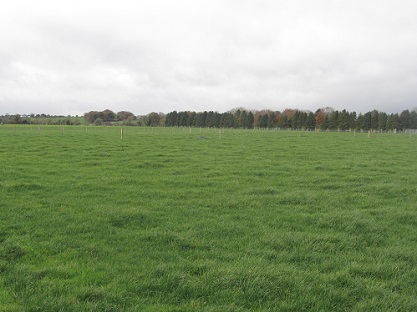- Home
- Knowledge library
- Are all of your paddocks performing?
Are all of your paddocks performing?
An average annual grass yield from a grazing platform can hide a wide range in individual paddock performance. Irish research showed an average 11.9 t DM/ha yield across nine dairy farms, but the top-performing paddock produced 20.3 t DM/ha and the bottom just 5.4 t DM/ha.
Forage for Knowledge’s contributor in Stirlingshire, Robin Young, grows an average 12 t DM/ha on his 56 ha platform. Yet the range across his 28 paddocks is a very tight 11.5–13.0 t DM/ha, which Robin puts down to reseeding old permanent pastures. This shows that while you can’t control rainfall, temperature or altitude, you can control soil fertility, grass varieties, soil biology and weeds to boost output.
Targeting the right areas by regularly monitoring soils and swards as you do your weekly grass walk means you can catch problems early. The more you measure, the more you can use those accurate figures to make appropriate management decisions. Small inputs, such as lime or nitrogen, to increase growth and put paddocks back on track are more cost-effective than ignoring a paddock that isn’t hitting basic targets and ends up needing a full reseed.
Check the proportion of rye-grass and clover in a sward. Dig a hole to check for compaction and soil biology. Soil-test for pH and essential nutrients, such as P, K and Mg. Change stocking rates and look at spreading FYM to boost organic matter, or use mechanical methods to aerate soils and bust compaction. Many paddocks are not hitting basic targets for yield and quality – growing 10 t DM/ha/year, utilising 80% and keeping quality above 11.5 MJ/kg DM ME all year – but if you can get some of them to grow 14 t DM/ha, why not aim for all of them to achieve that?

Topics:
Sectors:
Tags:

